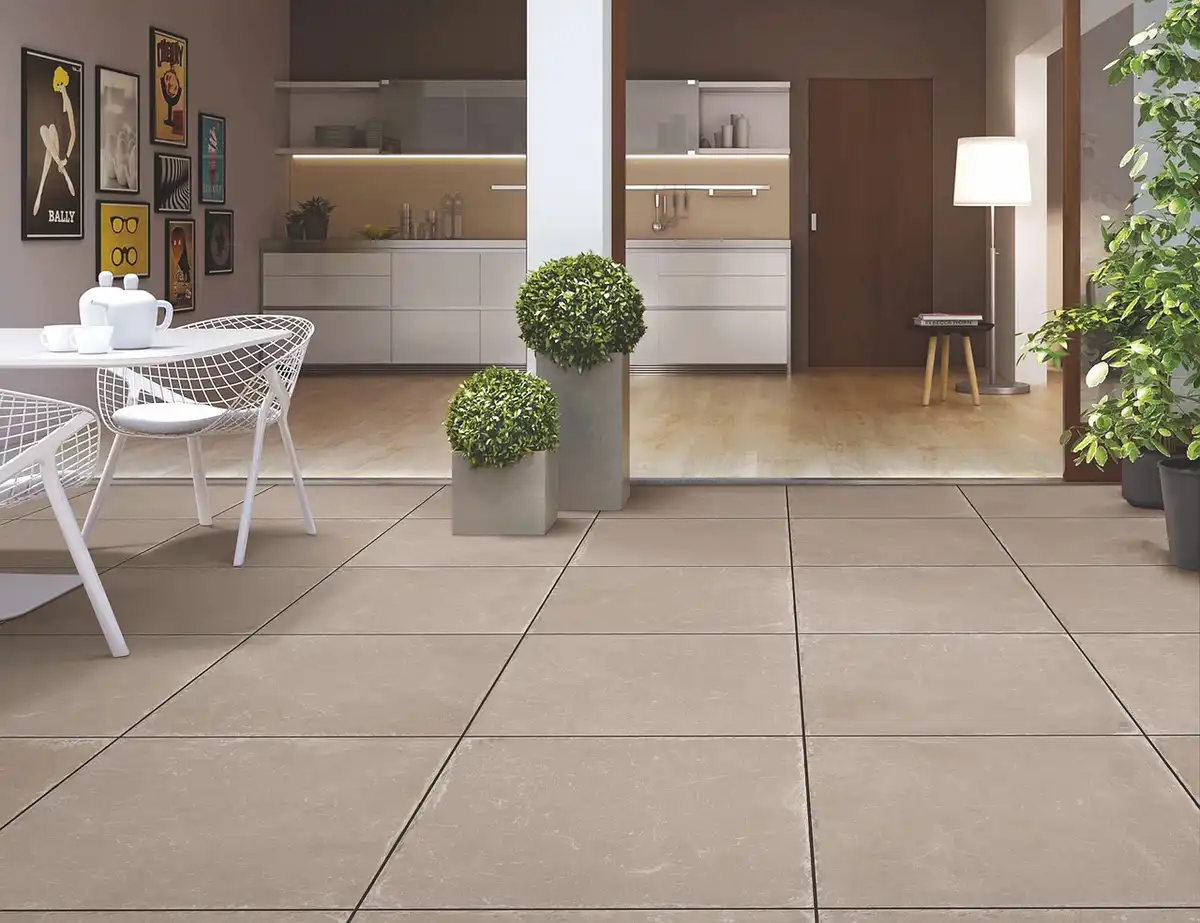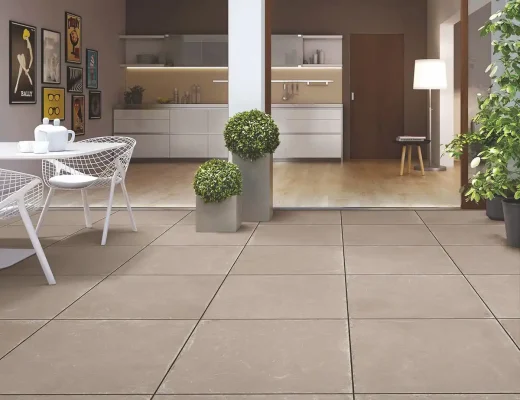Average cost to install tile, Property tiling costings, House flooring design factors
Average Cost to Install Tile and Its Architectural Impact
8 October 2024
Tile flooring has become an increasingly popular home design choice, offering aesthetic appeal and practical benefits. Many homeowners are drawn to its durability, easy maintenance, and versatility in various architectural styles.
This article explores the average cost to install tile and the architectural advantages it offers. Understanding factors like tile material, labor, and additional costs will help homeowners make informed decisions.
From enhancing a home’s visual appeal to providing long-lasting flooring, tile installation can be a wise investment in functionality and style.
Understanding the Average Cost to Install Tile
The cost to install tile floors can vary significantly based on multiple factors. The type of tile you choose is a significant determinant. Ceramic tiles are generally more affordable, while porcelain and natural stone tiles can cost significantly more.
Labor charges also play a big role. Depending on the project’s complexity and regional rates, labor costs can range from $3 to $15 per square foot.
Room size is another critical factor. Larger areas may increase labor costs, and complex layouts require additional effort. Moreover, preparing the subfloor, removing old flooring, and installing grout or sealants can add to the overall expense.
On average, tile installation can range from $8 to $44 per square foot, depending on the type of tile and the installation complexity.
Tile Costs Based on Material
- Ceramic: $8 to $15 per square foot
- Porcelain: $10 to $25 per square foot
- Natural Stone: $20 to $63 per square foot
These figures give a broad estimate but can change depending on labor costs in your region and any extra work involved.
Advantages of Installing Tile Floors
Durability and Longevity
Tile floors are highly durable and can last decades without showing signs of wear. Their strength makes them ideal for high-traffic areas, ensuring they remain intact and maintain their aesthetic appeal for years.
Unlike other flooring options, tile doesn’t easily scratch or dent, providing a long-lasting solution for homes.
Easy Maintenance
Tiles are water—and stain-resistant, making them one of the easiest flooring types to maintain. A simple sweep and mop can keep them clean, and their impervious surface means spills can be wiped up quickly without causing damage.
This ease of maintenance is one of the main reasons homeowners prefer tile floors, especially in moisture-prone areas like kitchens and bathrooms.
Allergen-Free Surface
Unlike carpets, which trap allergens, tile floors provide a smooth, hard surface on which dust, pollen, and other allergens can’t quickly settle.
Because of this, tile is a great option for homes where there are allergy sufferers. Tiles ensure cleaner air quality and a healthier living environment.
Variety of Styles
Tile flooring offers a wide range of styles, textures, and patterns. Whether you’re looking for a rustic, modern, or classic look, there’s a tile style that will match your design vision. From wood-look tiles to intricate mosaics, tiles provide endless customization options.
Energy Efficiency
Tile floors can contribute to energy efficiency in homes, especially in warmer climates. They tend to stay cooler, helping to regulate indoor temperatures and reducing the need for air conditioning.
This natural temperature regulation makes tile floors eco-friendly for homeowners looking to conserve energy.
Architectural Impact of Tile Floors
Enhancing Aesthetic Appeal
Tiles elevate the aesthetic appeal of any space. They come in a variety of finishes, colors, and patterns that can enhance a home’s architectural style.
Tiles can adapt to any architectural vision, whether it’s a sleek, modern design or a classic, timeless look.
Creating Visual Continuity
Tiling can create a seamless flow between different areas of a home. For example, using the same tile from the interior to the exterior spaces can connect rooms and outdoor areas, enhancing the overall sense of space.
This visual continuity is particularly effective in open floor plans, where the transition from one location to another is smooth and stylish.
Complementing Various Design Themes
Tiles are versatile and can complement different design themes, such as Mediterranean, industrial, or minimalist styles.
Tiles can be tailored to suit various themes, whether used in contemporary or traditional architecture, giving each space a unique character.
Tiles for Structural Integrity
In high-traffic areas, tiles enhance the visual appeal and support the structural integrity of a space.
Tiles are tough and can withstand heavy foot traffic without deteriorating. This makes them ideal for entryways, hallways, and other frequently used spaces, reinforcing the home’s design and structure.
Best Architectural Niches for Tile Installation
Kitchens and Bathrooms
Tiles are the best option for moisture-prone areas like kitchens and bathrooms. Their resistance to water makes them perfect for spaces that experience spills, humidity, and frequent cleaning. The variety of designs available also allows homeowners to match their tile selection with the overall architectural style of these rooms.
For an even better result in these spaces, consider using rendering boards as a base layer. They provide a strong, waterproof surface that enhances the adhesion of your tiles, ensuring long-lasting durability, especially in areas exposed to high moisture levels.
The variety of designs available also allows homeowners to match their tile selection with the overall architectural style of these rooms.
Entryways and Hallways
Tiles are ideal for high-traffic areas such as entryways and hallways. Their durability ensures that they withstand constant use, while their aesthetic appeal enhances a home’s first impression.
With various sizes, patterns, and texture options, tiles can be customized to add character to these spaces.
Outdoor Spaces
Tiles are not just limited to interiors; they are also used extensively in outdoor spaces like patios, pool areas, and kitchens. Outdoor tiles are designed to handle changing weather conditions and maintain beauty and strength.
By choosing the right outdoor tile, homeowners can extend their living space and blend it with the architectural design of the home’s exterior.
Choosing the Right Tile for Your Home
When selecting tiles, consider your budget and your home’s architectural style. Ceramic tiles are cost-effective yet stylish options for budget-conscious homeowners.
Natural stone tiles provide a luxurious touch but have higher installation costs if you’re looking for high-end materials.
It’s also essential to consult professionals to ensure the tile design aligns with your home’s architecture.
Experts can guide you on the right type of tile, its installation, and maintenance requirements. Professional advice helps you avoid costly mistakes and ensures a perfect fit for your home’s design and functionality.
Average cost to install tile at home Conclusion
In conclusion, tile flooring offers an excellent balance between cost, durability, and aesthetic appeal. While the average cost to install tile depends on material, labor, and preparation, the long-term benefits outweigh the initial investment.
Tiles are known for their durability, easy maintenance, and allergen-free surface, making them a practical choice. Their variety of styles and energy-efficient properties also add value to any home.
Whether looking for a cost-effective option or something more luxurious, tiles enhance function and design. Consider the installation costs carefully and invest in tiles for a durable and beautiful home.
Comments on this guide to Average cost to install tile and its architectural impact article are welcome.
Home DIY Tools
DIY Tools – Do it yourself
DIY Home Improvement Projects Tools
10 ways to properly maintain your power tools
Comprehensive toolkit for architectural design projects
Essential power tools for home DIY enthusiasts

Building Articles
Comments / photos for the Average cost to install tile and its architectural impact page welcome.






